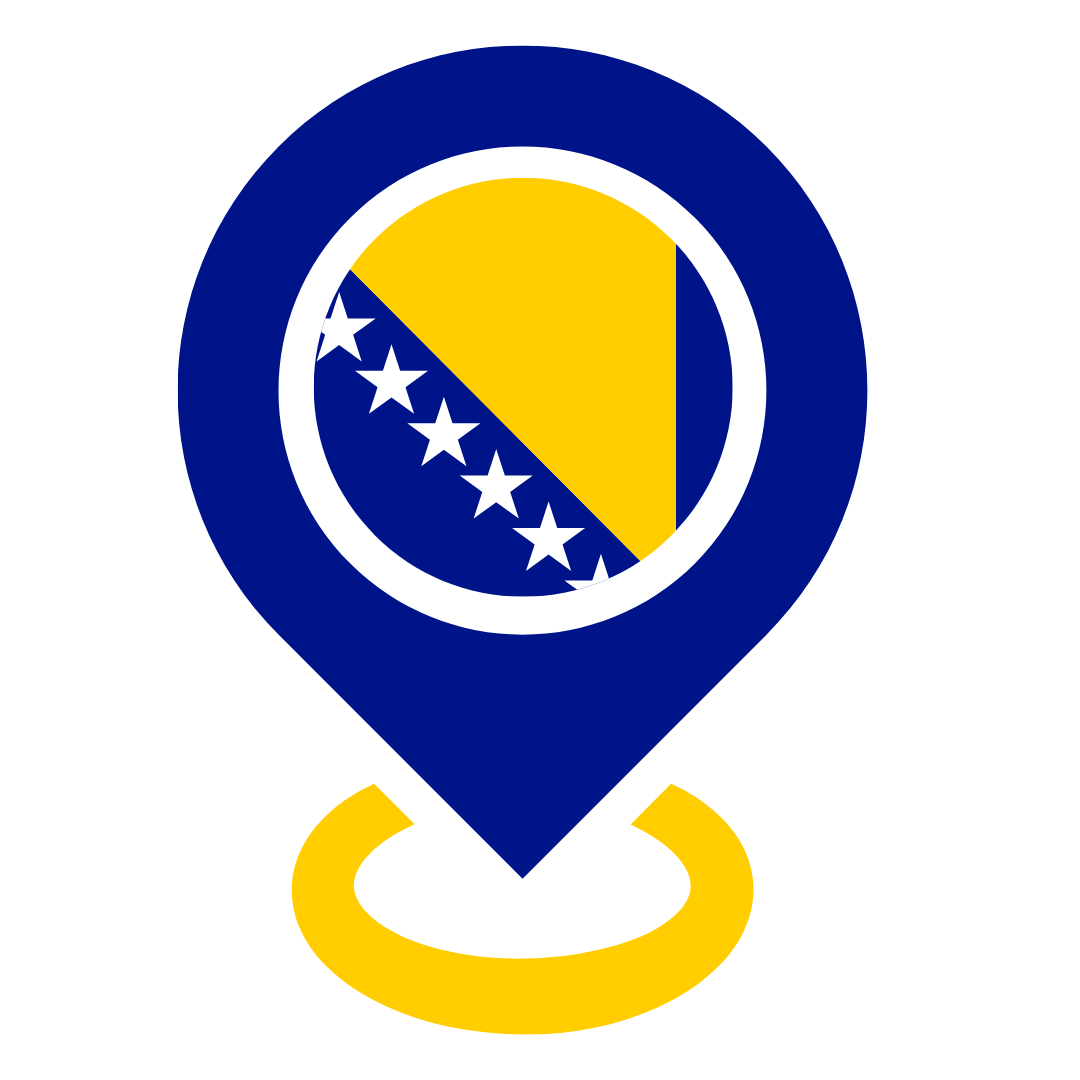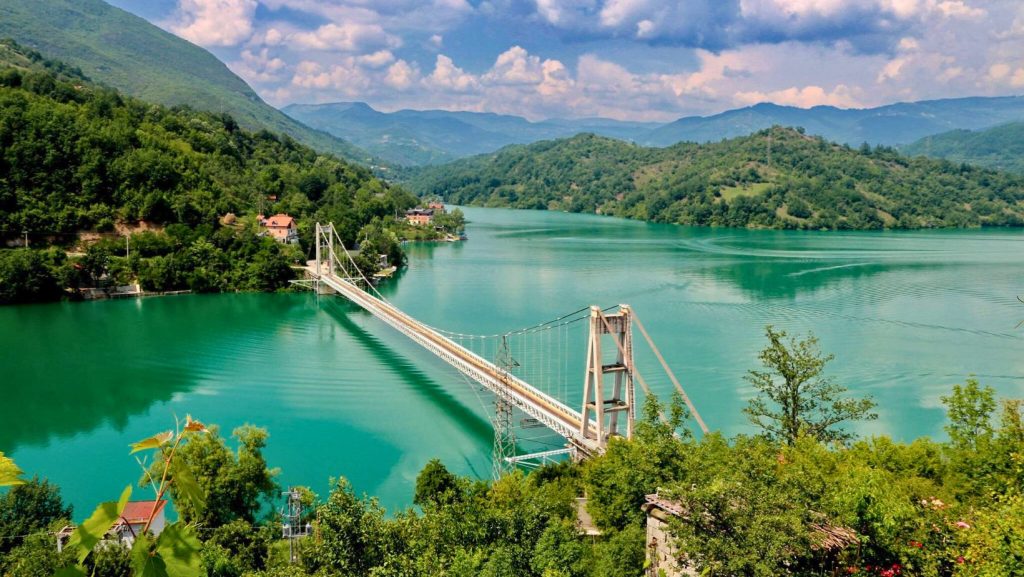
The merging of the Montenegrin rivers Tara and Piva in Šćepan Polje creates the river Drina. In its lower course, the Drina forms a natural border between Bosnia and Herzegovina and Serbia, and it also formed the border between the eastern and western parts of the Roman Empire.

The Drina, in its course of about 340 km, passes through many places in Bosnia and Herzegovina, and only the Sava River is larger than it. Historically speaking, the Drina river in its middle course was full of rapids and passed through canyons and gorges. Unfortunately, this unique nature was destroyed by the construction of hydropower plants in Višegrad, Bajina Bašta and Zvornik. Due to its emerald green color, the beautiful scenery of the gentle course of the Drina river is ideal for beginner rowers.
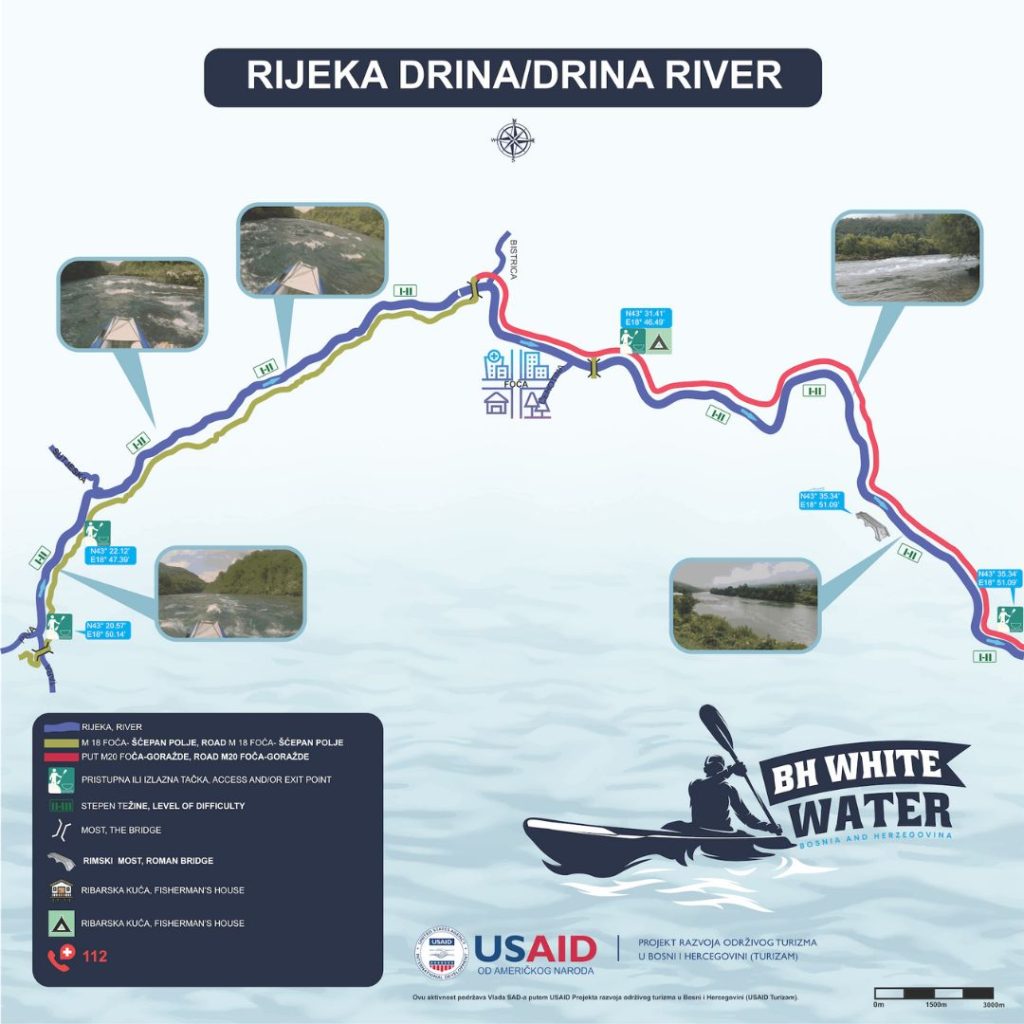
BH White Water mapped 44 km of the river, and throughout this entire course, the technical grade of the Drina River is grade II on average. Rowing down the river Drina every now and then we come across rest areas by the river where we can take a break from rowing. Recommended boats for descent are: PK (inflatable kayak/canoe), hard hull kayak and raft boats.
Source: https://white-water.ba/rivers/drina
&

Tour operators
Several professional rafting companies operate along the Drina River, providing expert guides and top-quality equipment to ensure a safe and exhilarating journey.
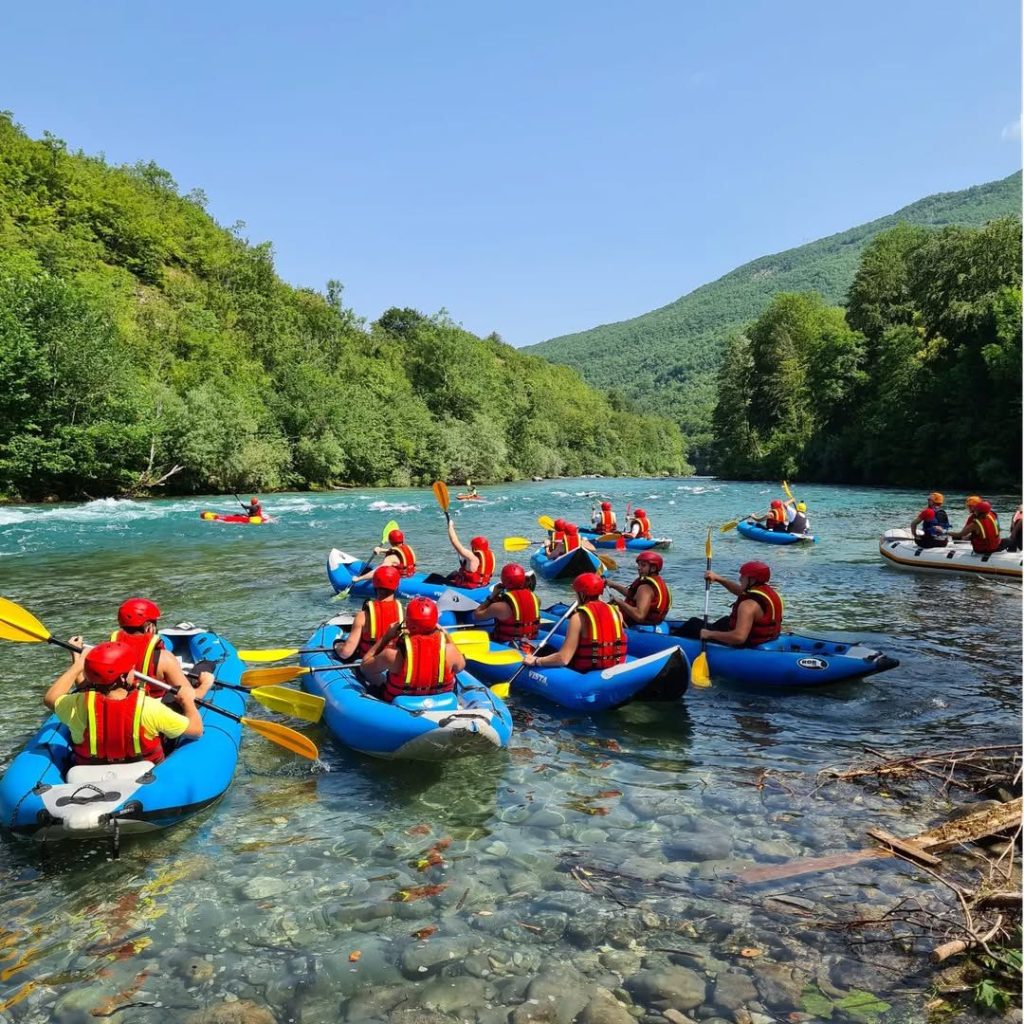
Splavarenje – rafting on wooden rafts
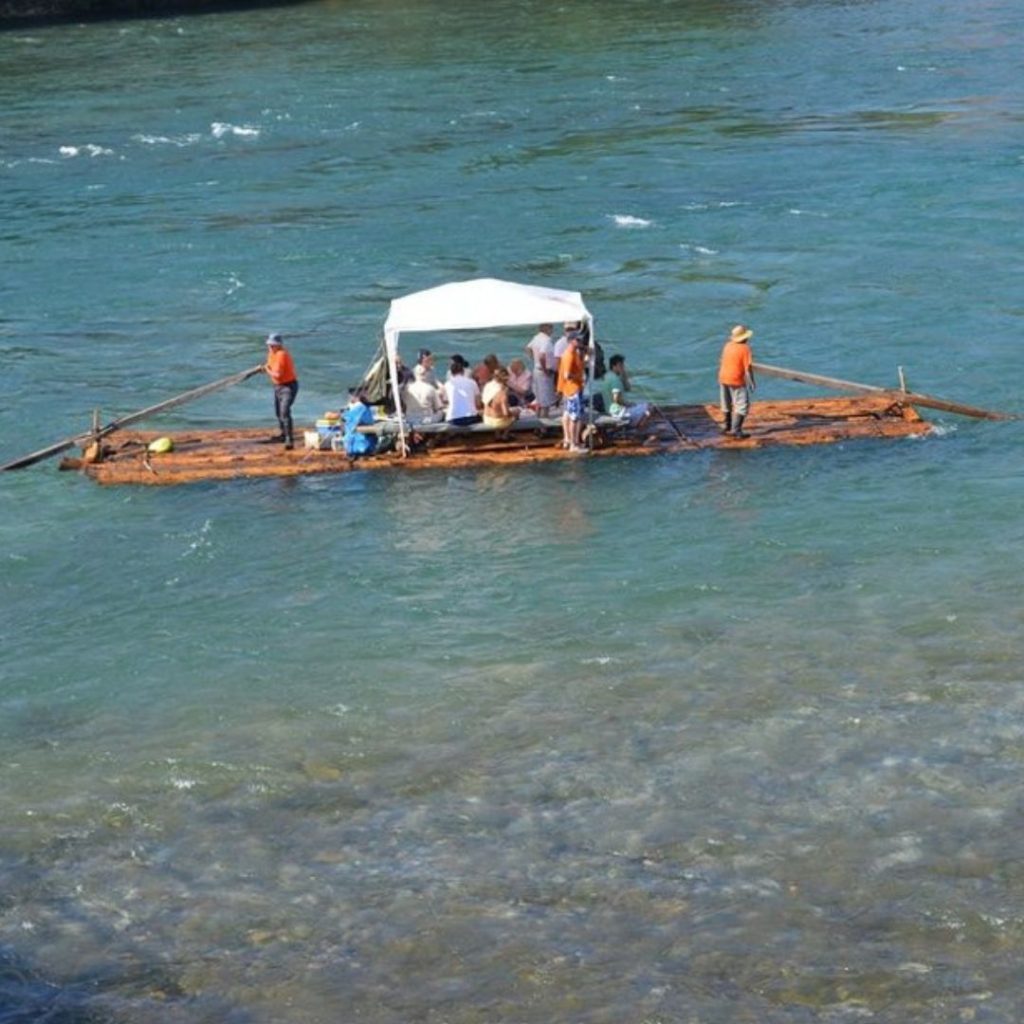
Splavarenje is an water activity that involves rafting or floating down a river on a wooden raft called a “splav.” It is a popular adventure sport on the Drina River. The word “splavarenje” itself is derived from the Bosnian word “splav,” which means raft.

During splavarenje, participants navigate the river’s currents, rapids, and obstacles using these specially designed rafts.
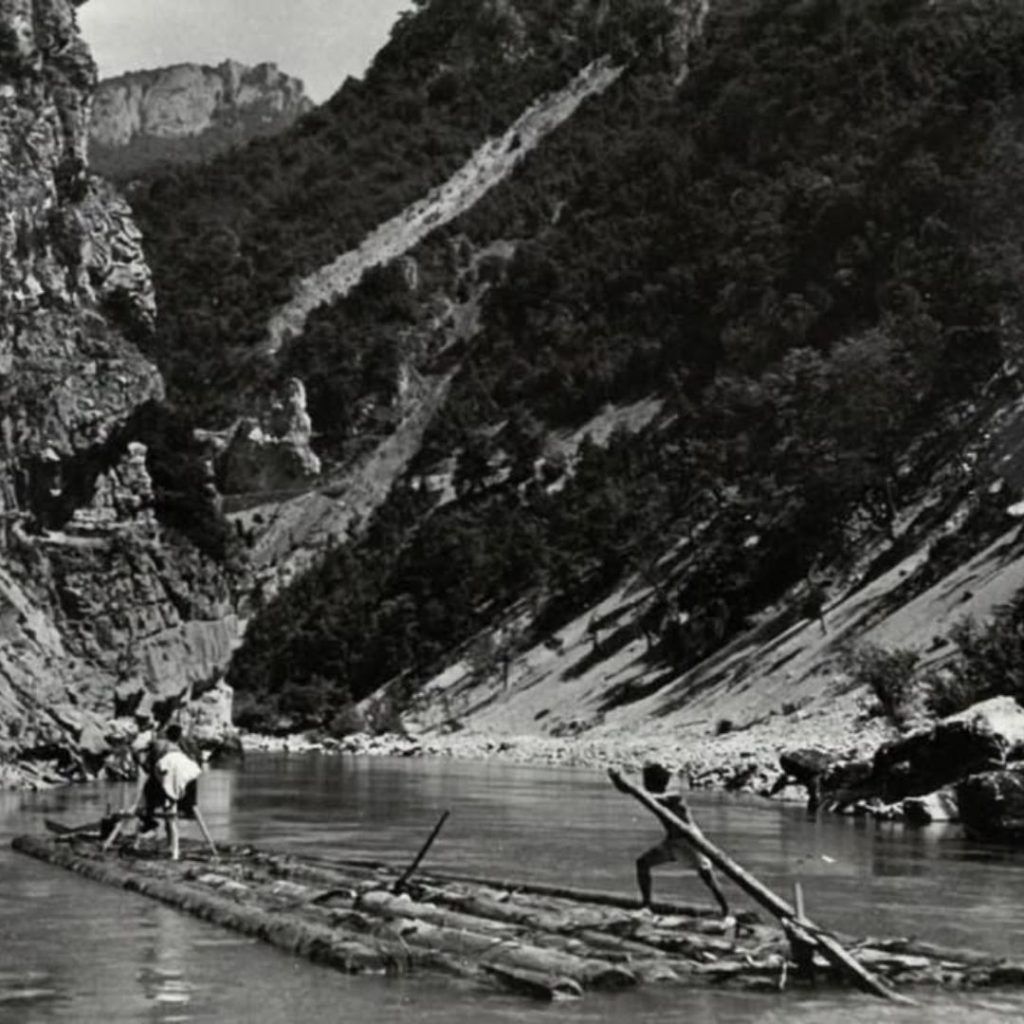
@bosniahistory
Splavarenje has a rich history rooted in the region’s tradition of using rivers for transportation, particularly for transporting timber downstream. What once served as a practical means of transportation has now evolved into a popular recreational activity and tourist attraction. It offers a unique way to explore the natural beauty of rivers, admire the surrounding landscapes, and enjoy an adventure-filled day on the water.

